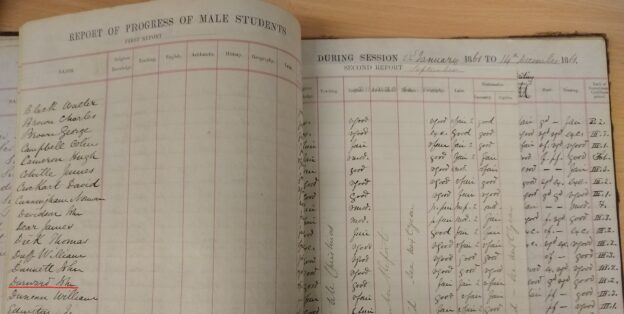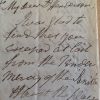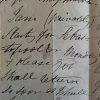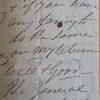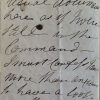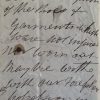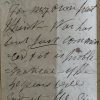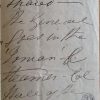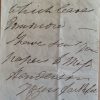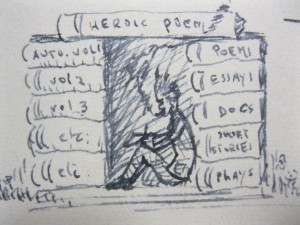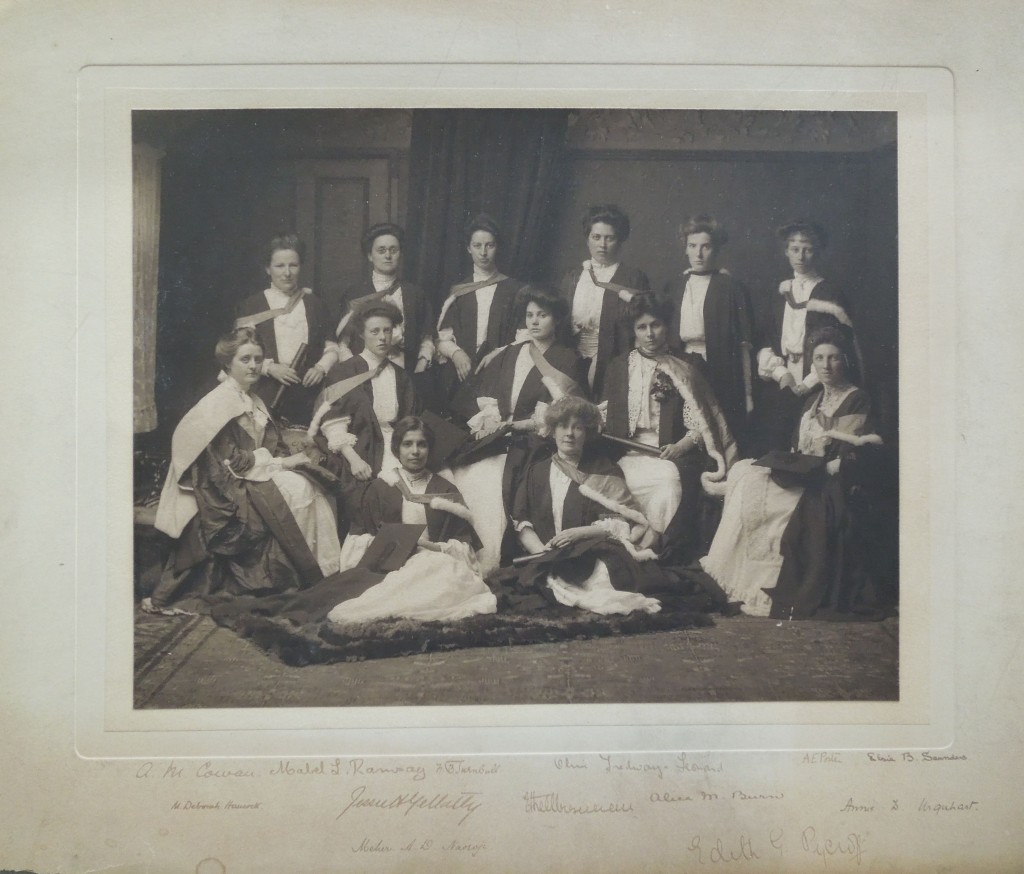100 years ago this week, one of Scotland’s best-loved poets became a student of Edinburgh University. On 13 October 1919, the 21-year-old William Soutar added his name to the university’s Matriculation Album as a first-year student of English Literature.

Extract from Matriculation Album (EUA IN1/ADS/STA/2)
Like many young men of his generation, Soutar’s student years were delayed by war service. On leaving school in 1916, he joined the Royal Navy and spent two years with the North Atlantic Fleet. By the time he was demobbed in November 1918, he was already suffering from as yet undiagnosed ankylosing spondylitis, a rare and exceptionally crippling form of arthritis, which would lead to almost complete paralysis by 1930 and contribute to Soutar’s early death in 1943. Following a month in hospital, Soutar recovered sufficiently to come to Edinburgh in spring 1919 with the initial intention of studying medicine. Soutar appears to have attended classes without matriculating but found the anatomical specimens so ‘gruesome’ that he abandoned medicine after a fortnight, resolving to switch to honours English after the summer vacation. He found time, however, to contribute a poem to the 21 May edition of The Student, ‘Orpheus’, a lushly Romantic piece heavy with echoes of Keats and Shelley.

Extract from ‘The Student’, 21 May 1919
Soutar did not enjoy a distinguished university career. The first two years of his honours English course passed smoothly enough. He enjoyed Professor Herbert Grierson’s lectures on the English classics, particularly appreciating Chaucer, Wordsworth, and Donne. He read widely, ranging far beyond the curriculum, and as his taste developed, was moved to destroy most of his own teenage production. He wrote prolifically, devoting three months of his first academic years to a long poem ‘Hestia, or the Spirit of Peace’ in a vain effort to win the university’s Poetry Prize. Although he continued to suffer from stiffness of the joints, he was still sufficiently vigorous to sit as a model for his friend James Finlayson’s painting of the warrior-hero Beowulf.
At the beginning of his third year, Soutar was dismayed to discover how prominent a role Anglo-Saxon would play in the Junior Honours curriculum. Finding linguistic studies ‘musty stuff’, he contributed a letter-article to The Student of 21 November, arguing that Anglo-Saxon should be optional. Although it offered a ‘large field to the specialist’, Anglo-Saxon contributed little to the average student’s knowledge and appreciation of the literature of his country’. It occupied far too many of the undergraduate’s studying hours which ‘ought to be given to the far more significant study of the great masters of English literature’.

Extract from ‘The Student’, 21 November 1921
Soutar reluctantly attended third-year Anglo-Saxon lectures but stepped up his campaign against the subject in his Senior Honours year. He was granted an interview with Professor Grierson on 23 October 1922, but failed to convert him to his cause. At his parents’ insistence, Soutar dropped his public opposition to Anglo-Saxon, but ceased attending classes, having been assured that he would still be permitted to sit his honours exam. Although Soutar increasingly devoted his evening hours to cinema-going and card-playing, his final year was nonetheless of vital importance for his development as a poet. His first volume, Gleanings of an Undergraduate, was published in his native Perth on 9 February 1923. Meanwhile, influenced by Hugh MacDiarmid, whom he had met during the 1922 summer vacation, he extended his knowledge of Scots verse beyond Burns to the medieval makars. His work began to appear in the MacDiarmid-edited journals Northern Numbers and The Scottish Chapbook, which spearheaded what came to be known as Scottish Literary Renaissance.

Title page of William Soutar’s first published volume, inscribed by the author (probably to art critic John Tonge) (JA 3537)
At the end of the spring term of 1923, Soutar fared disastrously in a preliminary exam on Shakespeare. When Professor Grierson subsequently remarked in a lecture that an honours course was not really for ‘Minor Poets, Geniuses or Journalists’, Soutar suspected that he was the target. Soutar’s final examinations were held on 15 and 19 June, and at the end of the month he learned that he had ‘scraped through’ with a third-class degree. Looking back, he suspected that aversion to Anglo-Saxon was not the sole reason for his low marks. In his exclusive passion for poetry, he had refused to read any of prescribed. It is also true that his medical condition, provisionally diagnosed as ‘rheumatics’, had worsened during his final year of study and may well have affected his academic performance. Soutar remained philosophical, reflecting: ‘I’m afraid I’m not a ‘Varsity bird’—one is apt to get cobwebs on one’s wings’.
Soutar graduated from Edinburgh University on 12 July 1923. Over the following months, his illness worsened, frustrating his hopes of becoming a journalist for The Scotsman. He began teacher training in October 1924 but had to return to Perth to begin treatment for his finally diagnosed ankylosing spondylitis. From then on, he was confined to his parents’ house, from which he would published a stream of slim volumes containing some of the finest Scots verse of the 20th-century. The best-known perhaps are the ‘bairn-rhymes’, or Scots children’s verse, collected in Seeds in the Wind. Soutar famously remarked that ‘if the Doric is to come back alive, it will come first on a cock-horse’.
For Edinburgh University’s collection of William Soutar manuscripts, see: Papers of Willam Soutar (Coll-796)
All quotations from: Alexander Scott, Still life: William Soutar, 1898-1943 (London: Chambers, 1958)
Paul Barnaby
Acquisition and Literary Collections Curator

